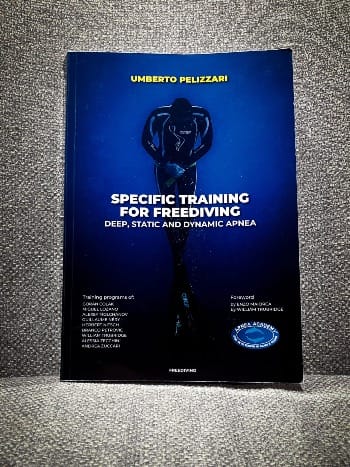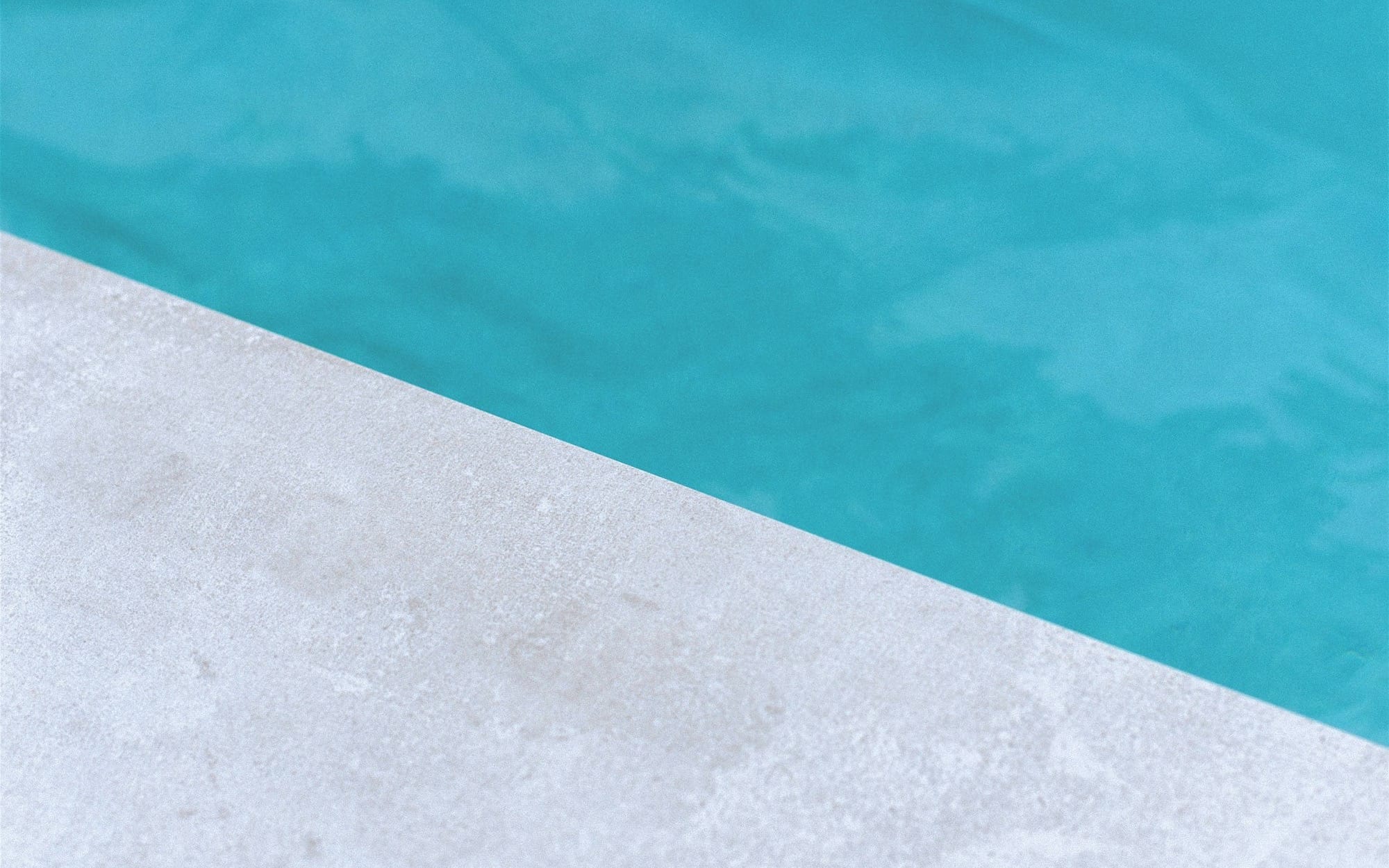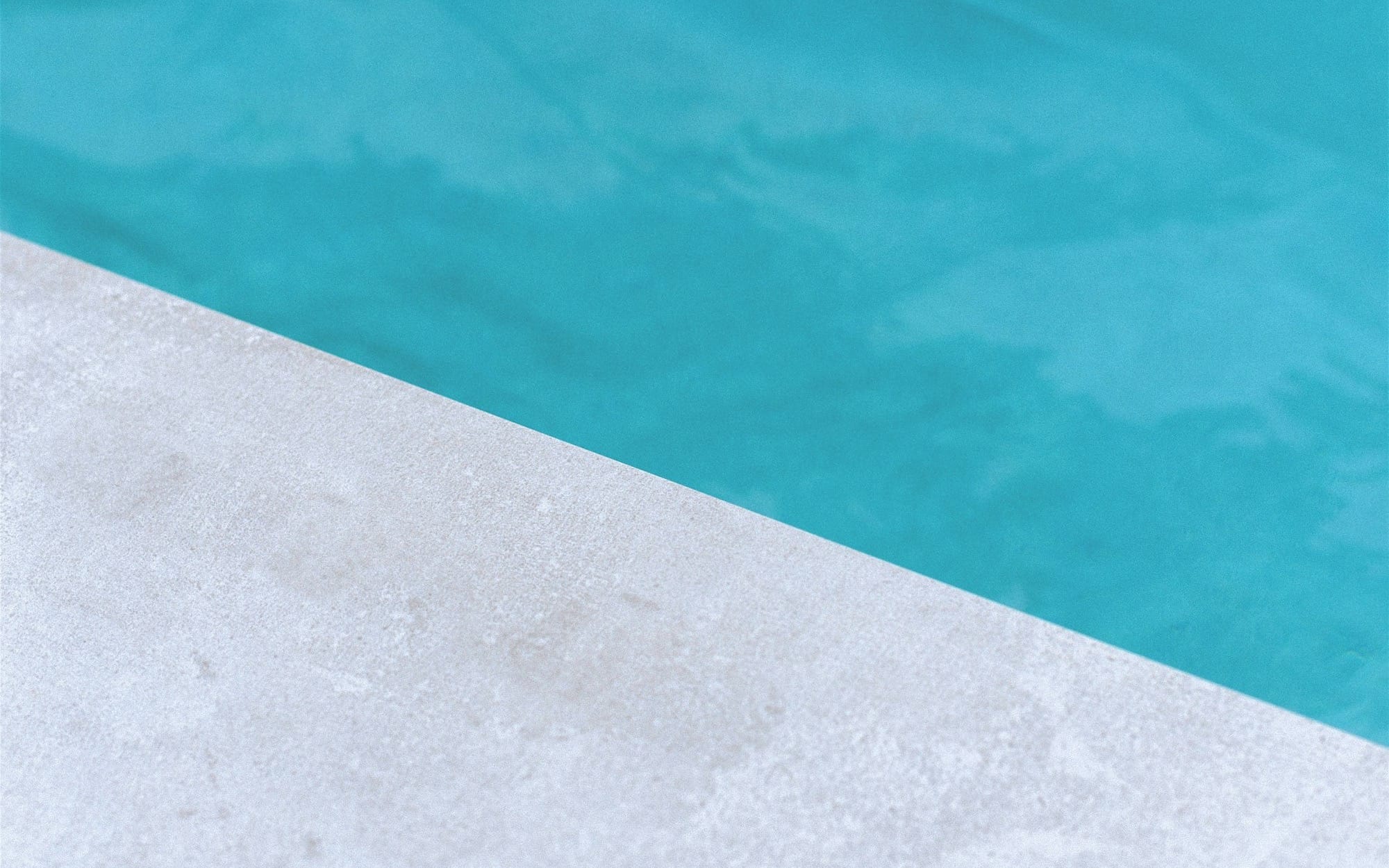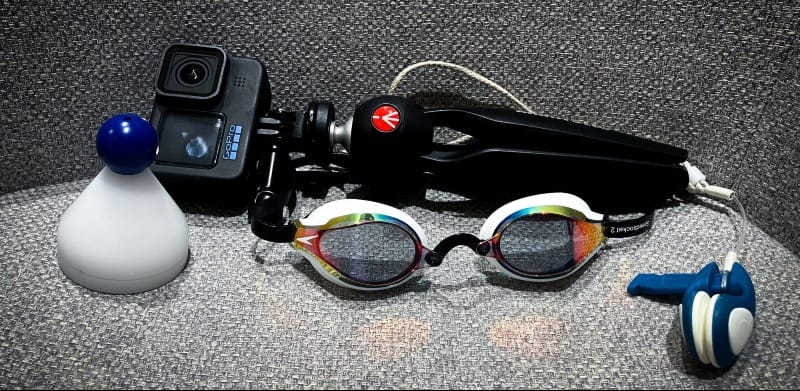Pool Training | selected drills for next weeks
Freediving drills are key to building endurance, technique, and mental resilience. Inspired by Umberto Pelizzari, my favorites include STOP-GO, GO-STOP, Bottom Crawl, and Top Time drills. These exercises boost O₂ efficiency, CO₂ tolerance, and form. Stay tuned for detailed insights!

Freediving is as much about structured training as it is about exploring your own limits. Over time, I’ve developed a set of favorite drills that I incorporate into my training sessions. These exercises are heavily inspired by Umberto Pelizzari’s books, "Specific Training for Freediving" and "Manual of Freediving", which have been invaluable resources in shaping my approach.


Why These Drills?
The drills I’ve chosen focus on building a mix of:
- Low O2 tolerance: To prepare my body and mind for the challenges of longer dives.
- High CO2 tolerance: To push through the discomfort of extended breath-holds.
- Performance consistency: Helping me stay efficient and calm under increasing physical and mental strain.
- Technique refinement: Addressing the specific difficulties I expect to encounter during longer distances, such as maintaining proper form and conserving energy.
By combining these drills into a structured training plan, I aim to gradually improve my DNF performance and overall freediving capabilities.
STOP-GO drills
These involve alternating between static breath-holds and dynamic swimming, with two key variations:
- Fixed STATIC time + Increasing DYNAMIC distance
Begin with a set static breath-hold time and gradually increase the distance swum during the dynamic phase. (read more) - Increasing STATIC time + Fixed DYNAMIC distance
Start with a set dynamic distance and progressively lengthen the static phase. (read more)
GO-STOP drills:
This reverse variation alternates dynamic swimming followed by static holds:
- Increasing DYNAMIC distance + Fixed STATIC time
Extend your dynamic phase while maintaining the same static breath-hold duration. - Fixed DYNAMIC distance + Increasing STATIC time
Swim a consistent distance during the dynamic phase, while gradually lengthening the static hold.
Bottom Crawl
A low-speed dynamic exercise performed close to the bottom of the pool, with a focus on relaxation.
Top Time drills
These drills where the total time for each repetition is set, with two key variations:
- Fixed Top Time DYNAMIC
Maintain a fixed total time for each repetition, adjusting your breath-hold and recovery durations to fit within that time. (read more) - Decreasing Top Time DYNAMIC
A challenging drill where the total time for each repetition becomes shorter as the set progresses, forcing you to adapt and perform efficiently under increasing pressure.
STATIC Breath-Holds
A foundational exercise for building both mental resilience and low O2 tolerance.
Submaximal DYNAMIC
Dynamic swims performed at less than your maximum capacity, focusing on form, relaxation, and oxygen conservation.
and more!
What’s Next?
In future posts, I’ll dive deeper into each drill, explaining how I perform them, their specific benefits, and how I modify them based on my training goals. Whether you’re looking to build endurance, improve efficiency, or tackle specific challenges in your dives, these drills might be a great addition to your own sessions.
Stay tuned for detailed breakdowns of these exercises, and let me know if you’ve tried any of methods proposed by top freedivers or have your own favorite training routines!




